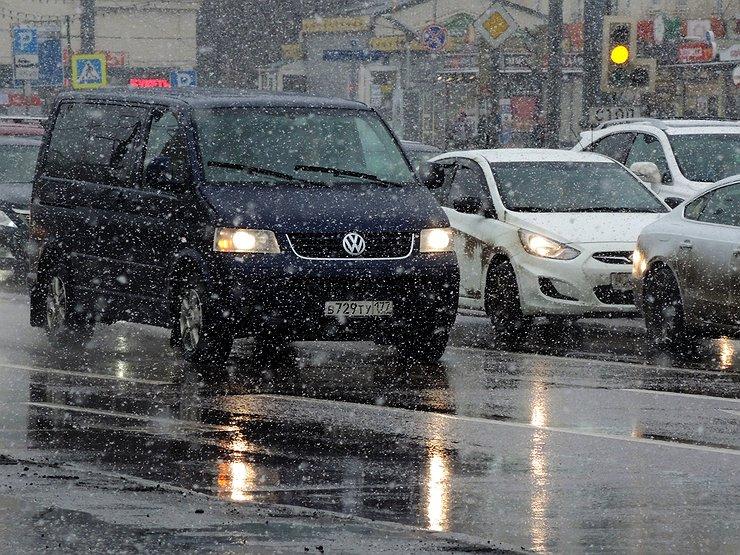
How to avoid an accident at the beginning of winter
The most emergency time of the year falls on the off-season, especially when autumn turns into winter. It is then that the likelihood of getting into an accident increases sharply, even if not through your own fault ...
SUMMER FLIGHTS
The end of autumn and the beginning of winter is a very useful time for those who intend to calmly and safely drive their car until spring. It is on the first ice for a long time that most of the “pilots” who do not know how to rebuild for more difficult road conditions remain without a car. The most unpredictable danger on the road at the beginning of winter is those who like to pull to the last with a change of rubber. For these people, as a rule, deep winter comes suddenly. And the frost “suddenly” 10 degrees is set, and some enemies “unexpectedly” turn on the snowfall. Such drivers seem to be unaware of the existence of the Hydrometeorological Center, and their common sense and self-preservation instinct, apparently, have atrophied.
It is especially unpleasant that a meeting with such a character is possible anywhere - both on the highway and in a city traffic jam. An inexpressible feeling when standing at a traffic light, you look in the rear-view mirror and observe a rapid approach along an already ballistic trajectory, for example, the Zhiguli "classic". A couple of seconds, a blow, and the trip is over - the drag begins with the expectation of the traffic police inspector and the registration of the accident. No less dangerous, by the way, are not only cars on summer wheels, but also "economists" on the all-season. Especially a lot of these are acquired at the wheel of a variety of "jeeps". The approach: “why do I need winter tires when I have all-wheel drive” sent many proud owners of UAZ Patriot, Toyota Land Cruizer and other Mitsubishi L200s to the ditch.
BEST THE ENEMY OF THE GOOD
No less dangerous on the border of autumn and winter, paradoxically, and their own foresight. Especially if, in pursuit of greater safety on icy roads, you opt for studded tires. Usually the very first frost drives a huge mass of sufferers to tire shops. And after a couple of days, winter fades and weakly plus rainy weather sets in for a long time. This is where the spikes turn into real traitors. A car on studded tires on wet pavement slows down frankly worse than on non-studded ones. Almost the same as Velcro on smooth ice - there is a slowdown, but obviously not like summer tires in the same conditions.
If you are not ready to take this circumstance into account in everyday driving, it is better to put the car on a joke - before the onset of a normal winter with its snowfalls, ice and frost. Moreover, there are enough “studded” people like you on the road.
An additional “surprise” for drivers with an incurably summer driving style is snow and ice ruts on the pavement that appear after heavy rainfall. Amateur "Schumachers" do not pay attention to this phenomenon of nature, when, out of habit, they sharply maneuver between traffic lanes. As a result, they are predictably carried on the snow-ice sides of the track and then “fireballs” fly - some into the ditch, some into the neighbors downstream, and some into the oncoming lane.
BLIND MEET
Another unpleasant circumstance is that it gets dark early in autumn and winter. At the beginning of the cold season, it is usually slushy outside. Visibility is greatly reduced. And for drivers who have not yet really adapted to almost constant driving at night, either peripheral vision is falling, or something else. But not noticing the headlights of an intersecting car at an intersection, for example, is becoming almost the norm. And pedestrians at this time, especially when the snow has not really laid down yet, it becomes extremely difficult to notice. Nothing seems to force them to wear reflective elements on their clothes. They merge with the surrounding reality to the last, and then suddenly jump out into the light of your headlights. Moreover, the roadsides at this time become limp from dampness and “pedestrians”, like earthworms during rain, prefer to move along asphalt roads. And if you knock down such a person even outside the pedestrian crossing, a lot of trouble for the next few months (at least) is guaranteed. Thus, temporarily laying up the car is the best way to avoid meeting on the road with a “blind” fellow driver or a “disguised” suicidal pedestrian.
